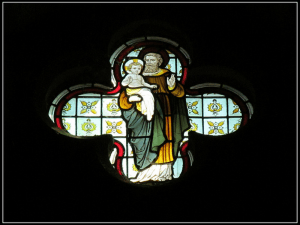By Prof Gwen Seabourne, Professor of Legal History (University of Bristol Law School)

Even for those who enjoy spending their time with historical legal records, plea roll entries relating to medieval land law cases may not be high on a list of interesting areas to investigate. The vocabulary is often off-putting and the records somewhat formulaic and repetitive. Nevertheless, patient digging in these apparently monotonous sources can turn up information on some big, important issues of medieval thought and belief. My recent research on an area of medieval land law, published in the Journal of Legal History,[i] sheds some light on one of the biggest questions of all (in the medieval period or subsequently): what is life?
Juries and lawyers sometimes had to wrestle with questions of the presence and proof of life in cases involving tenancy by the curtesy. This was the widower’s life interest in land, following the death of his wife. Crucially, in order to qualify for this right, the widower had to have produced live offspring with his wife. Because of this requirement, medieval courts and lawyers had to make decisions in some very difficult cases in which there was doubt and disagreement as to whether a baby, now definitely not alive, had ever been alive. How did medieval people distinguish life from its absence, the fleetingly alive from those who were (in modern English) stillborn? (more…)
